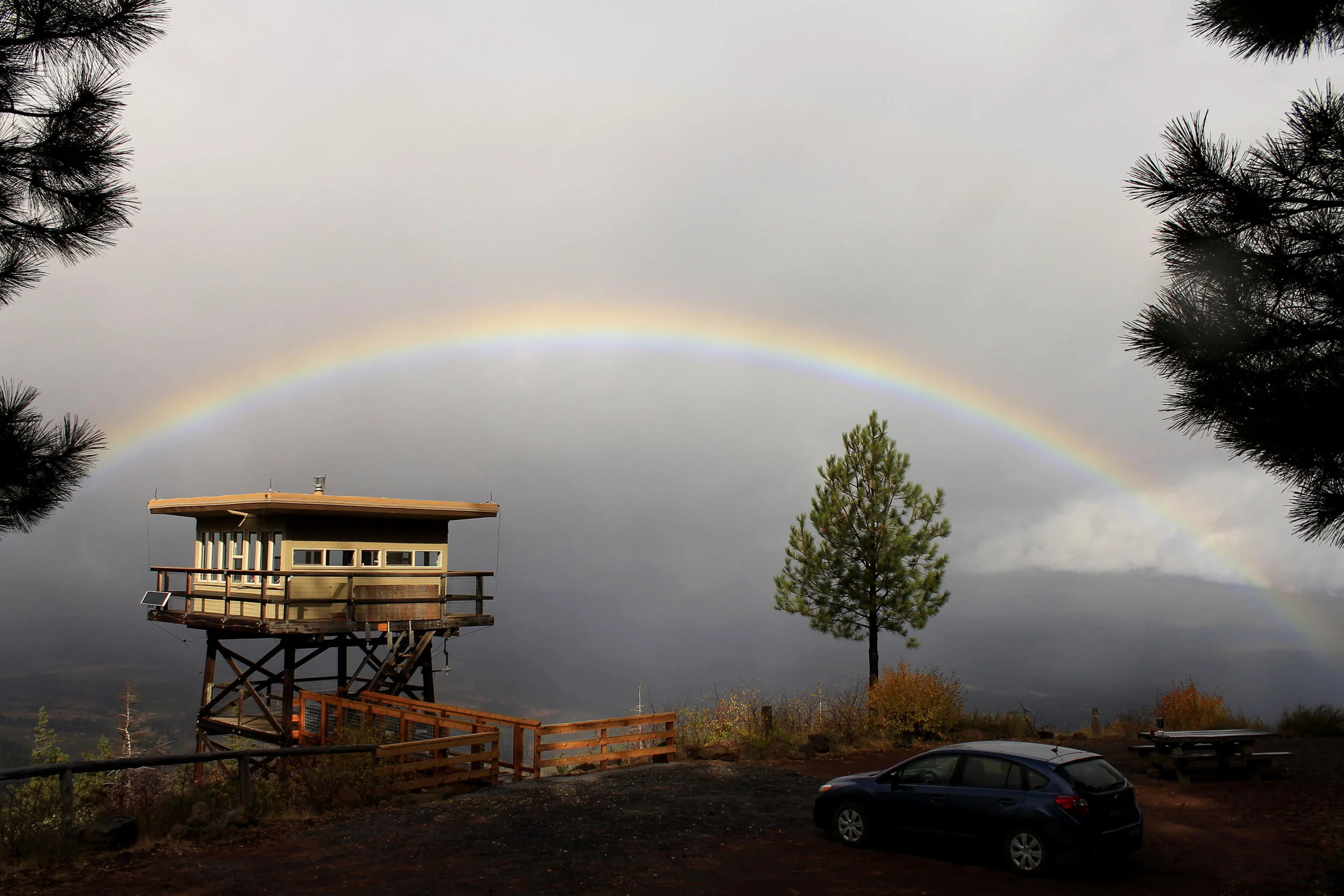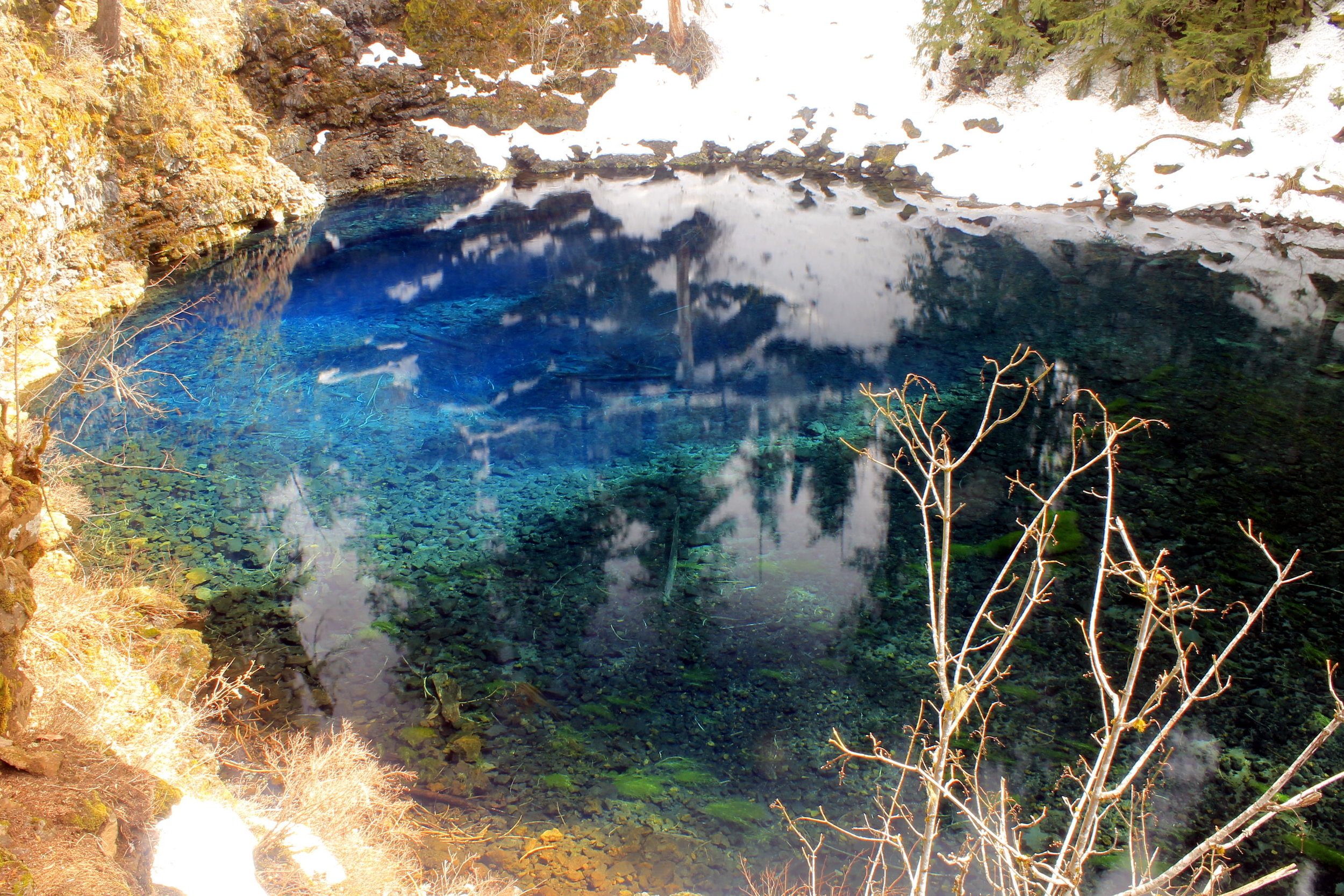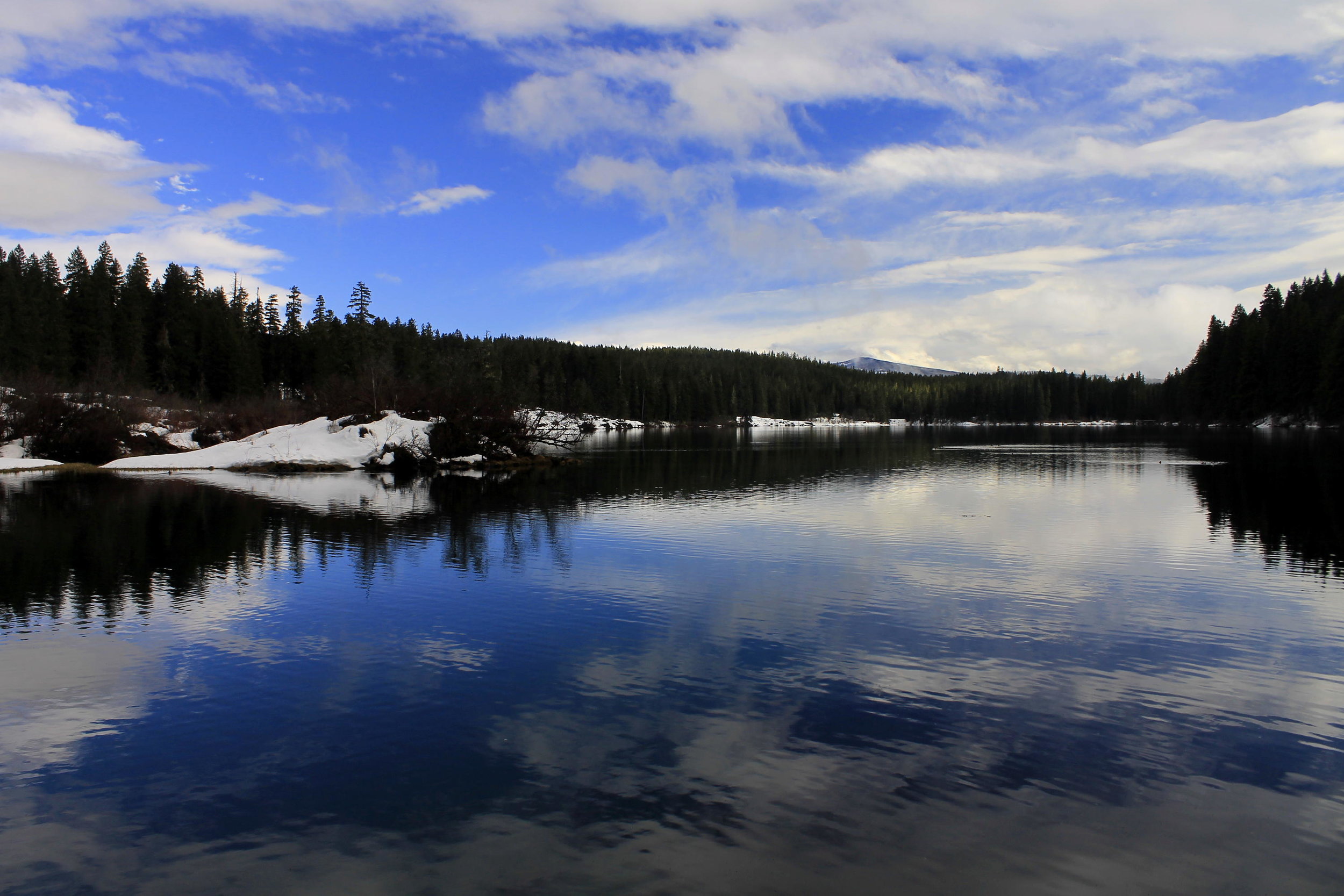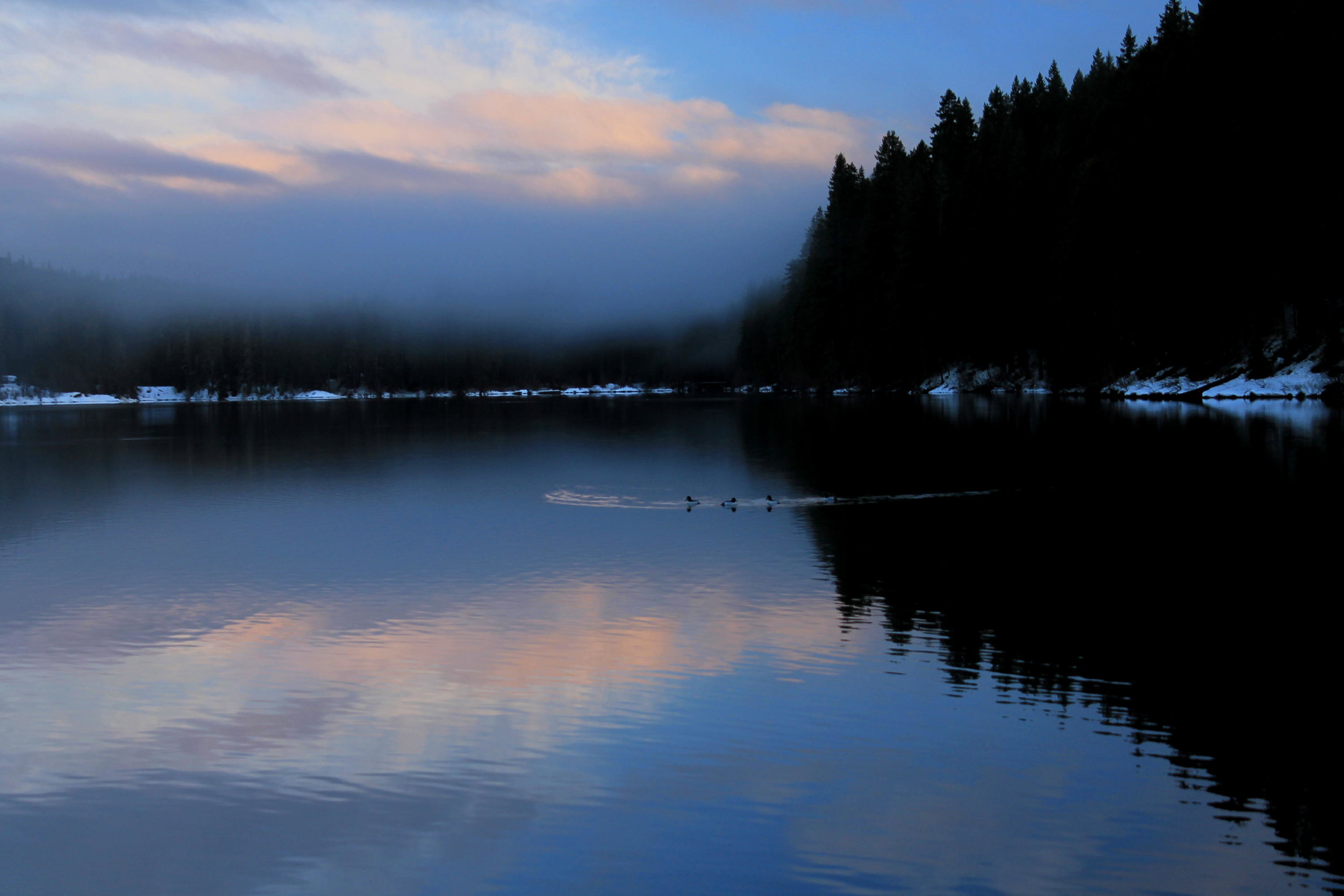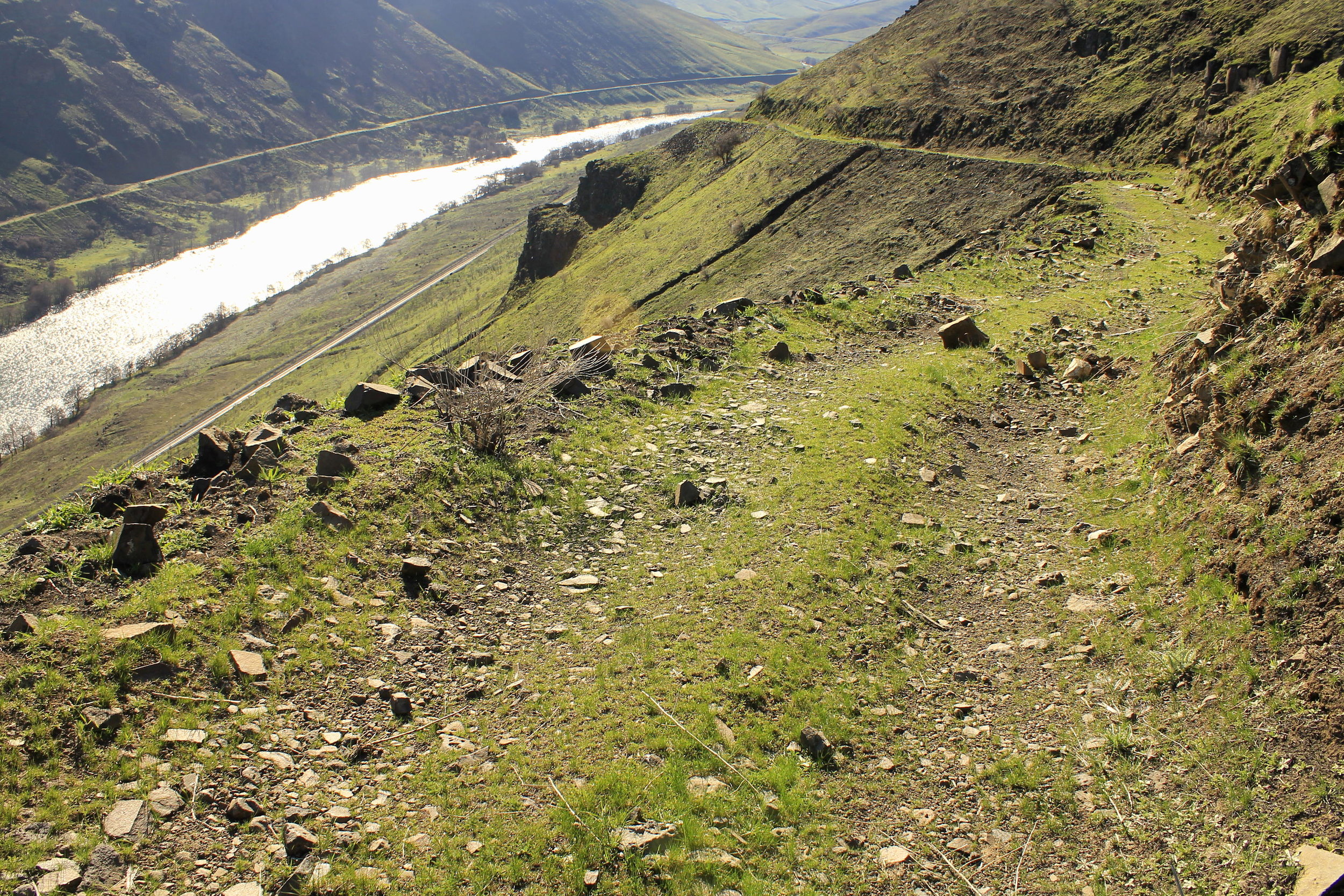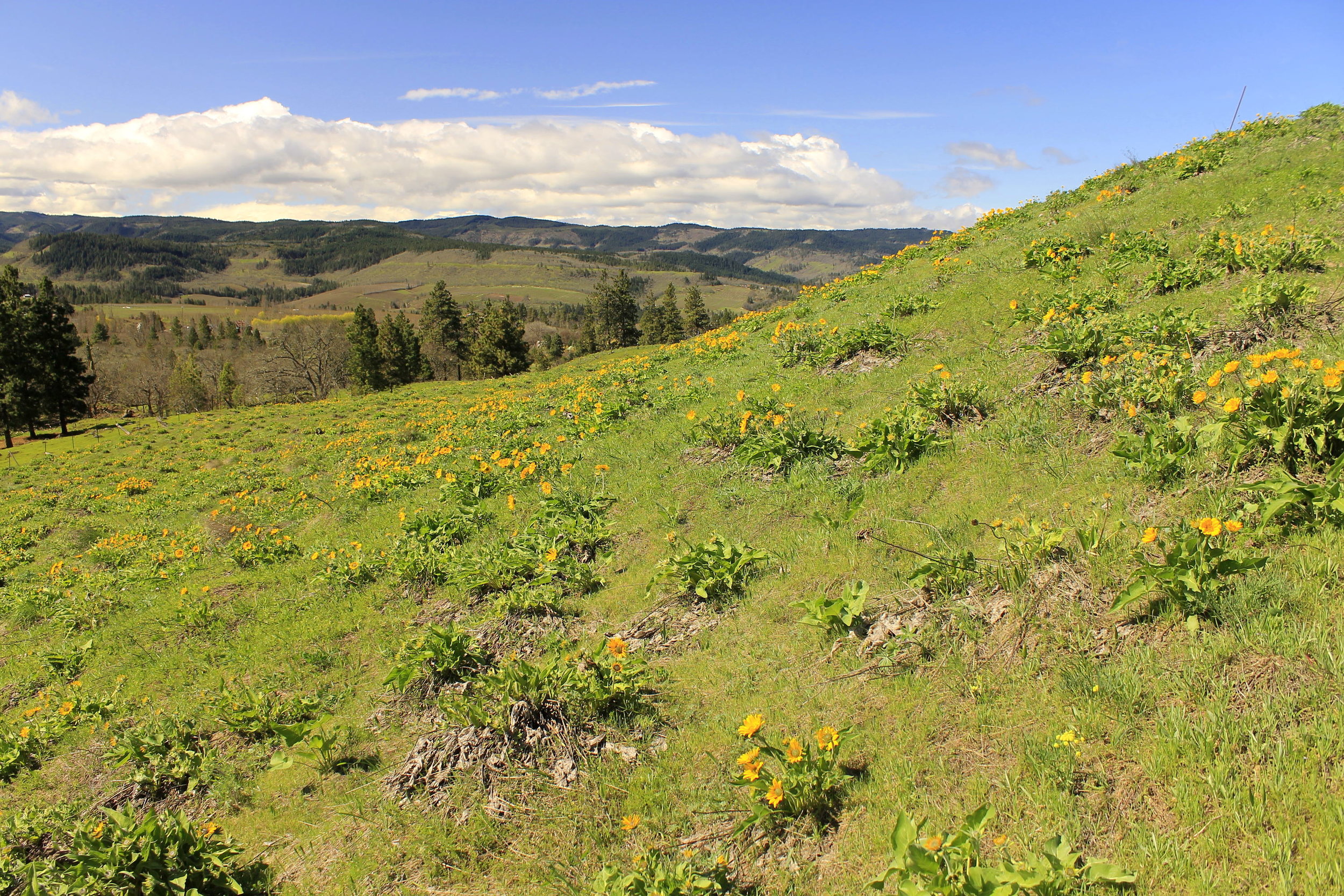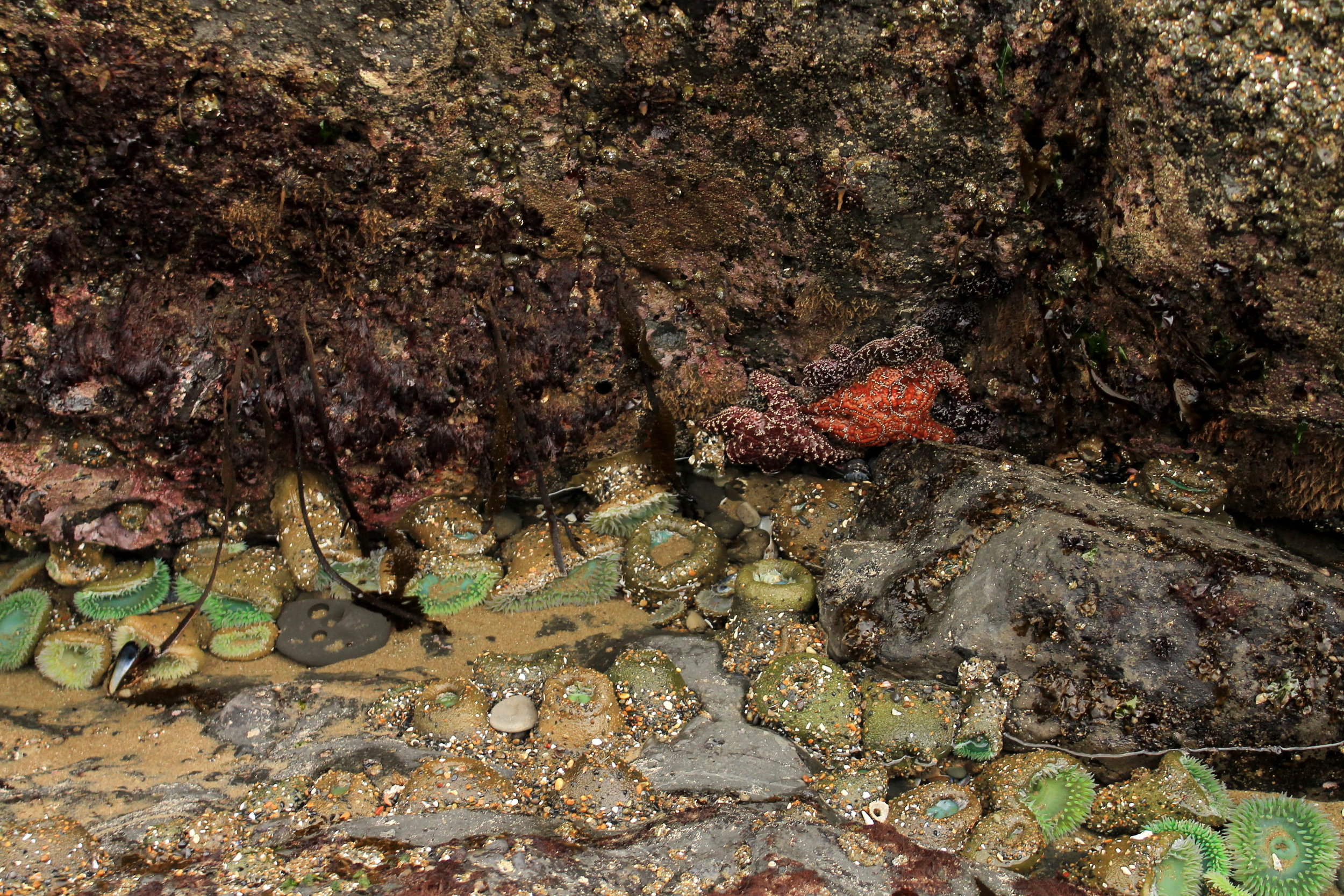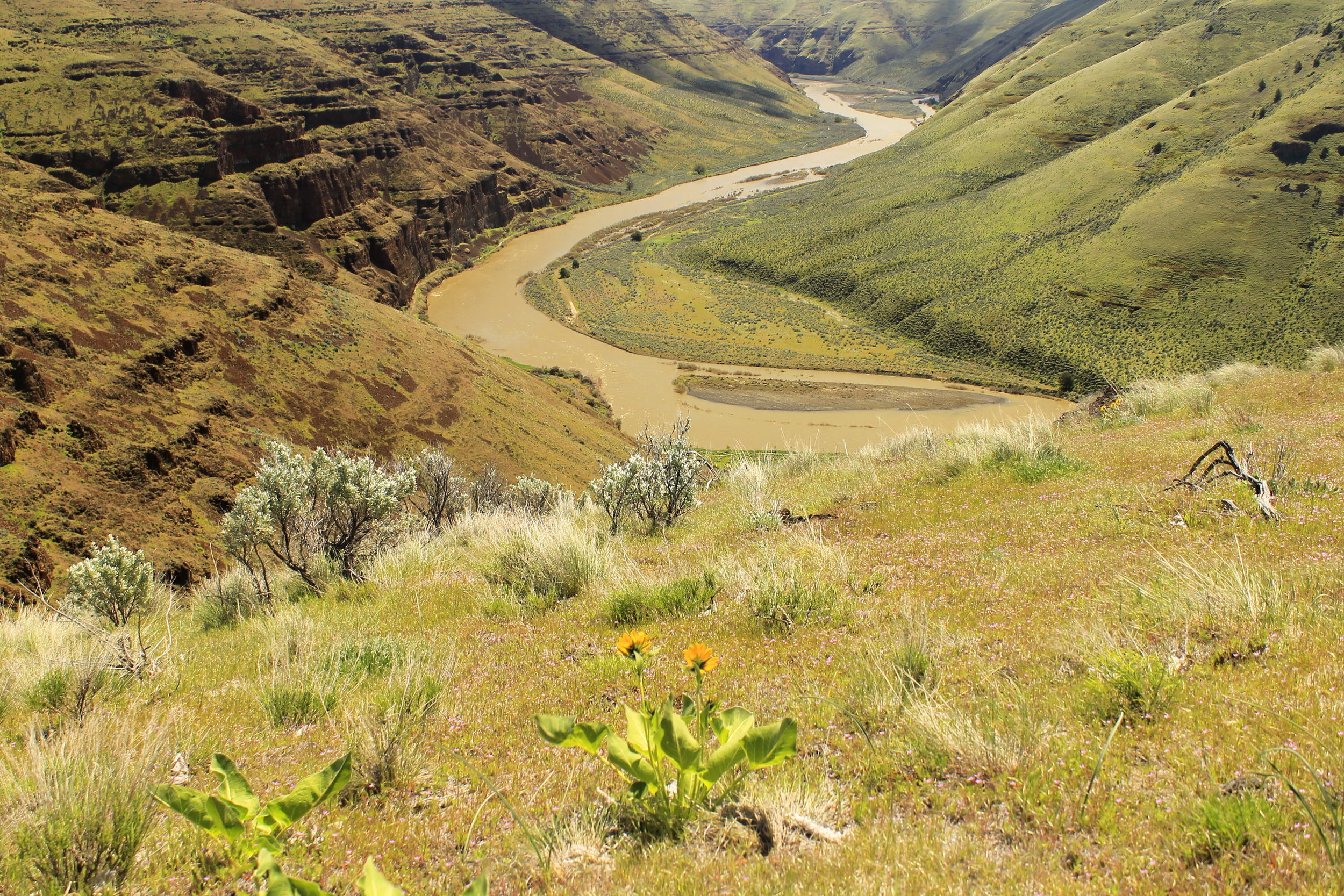Distance: 7.5 mile semi-loop
Elevation Gain: 1,500 feet
Trailhead elevation: 5,151 feet
Trail high point: 6,490 feet
Season: July - October
Best: July - August
Map: Mount Jefferson Wilderness (Geo-Graphics)
Directions from Salem / Albany:
• From Salem, drive east on OR 22 for 82 miles (or exactly 31.7 miles past the Breitenbush turnoff in Detroit) until OR 22 ends when it merges onto US 20.
• If coming from Albany, drive US 20 to Santiam Junction.
• Continue straight on US 20 for 5.4 miles to Santiam Pass.
• Drive US 20 past Santiam Pass for 8 miles to a turnoff for FR 12, opposite a sign that reads “Mt. Jefferson Wilderness Trailheads.” It may be difficult to turn against traffic. The turnoff is less than a mile from the turnoff to Suttle Lake.
• Turn left on FR 12 and drive 1.1 miles to a fork in the road.
• Keep right for another 3.3 miles to a sign for Jack Lake Campground.
• Turn left and drive 0.6 mile of narrow pavement to a bridge over Jack Creek.
• Keep straight 0.7 mile of pavement to a junction on the right signed for Cabot Lake TH.
• Keep straight, now on FR 1234, another 0.7 mile of washboarded gravel to a junction with FR 1235, Bear Valley Road, on your right.
• Keep left and drive 5.1 miles of wide but washboarded gravel road to Jack Lake and the huge trailhead for Canyon Creek Meadows. A Northwest Forest Pass is required.
Directions from Sisters:
• Drive US 20 for 12 miles northwest to a turnoff on your right for FR 12, signed for “Mt. Jefferson Wilderness Trailheads”.
• Turn right on FR 12 and drive 1.1 miles to a fork in the road.
• Keep right for another 3.3 miles to a sign for Jack Lake.
• Turn left and drive 0.6 mile of narrow pavement to a bridge over Jack Creek.
• Keep straight 0.7 mile of pavement to a junction on the right signed for Cabot Lake TH.
• Keep straight, now on FR 1234, another 0.7 mile of washboarded gravel to a junction with FR 1235, Bear Valley Road, on your right.
• Keep left and drive 5.1 miles of wide but washboarded gravel road to Jack Lake and the huge trailhead for Canyon Creek Meadows. A Northwest Forest Pass is required.
Note: A limited-entry permit to hike and backpack on this trail will be required starting in 2020.
Hike: Canyon Creek Meadows is one of the most spectacular places in the Oregon Cascades. The massive, heavily eroded wall of Three-Fingered Jack towers over fields of wildflowers, while cascading Canyon Creek is at turns glassy and roaring, providing myriad photo opportunities. This is a magical place, and everyone knows it – the crowds here are formidable throughout the summer. For maximum solitude and maximum wildflowers, try to plan a visit here mid-week in late July or early August, and for the best photos, stay overnight.
The trail begins at the massive Jack Lake Trailhead. There was a campground here before the B+B Fire, and some of the sites remain but they offer little privacy, and the only water is from the shallow lake. The trail curves around the north side of the lake and sets about a gradual ascent through forest that was incinerated in the 2003 fire. At about a half-mile from the trailhead, meet a junction with the Summit Lake Trail (in fact you’ve been on the Summit Lake Trail, which traverses the east side of Three-Fingered Jack as described in Hike 87). Turn left and hike uphill, into unburned forest and then downhill into the basin holding Canyon Creek Meadows.
